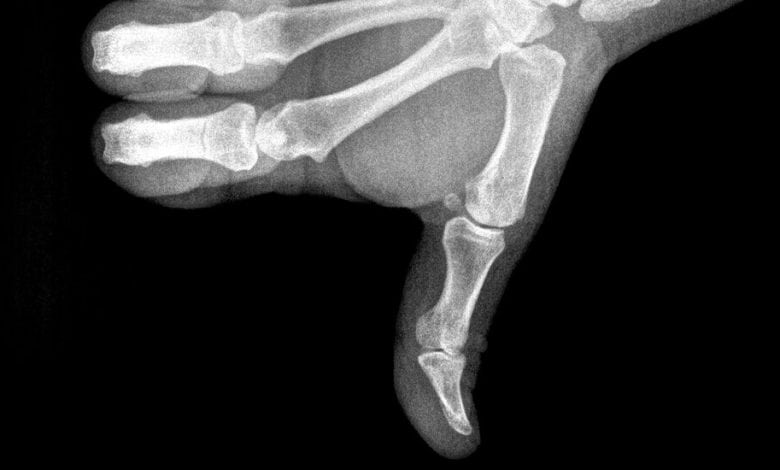Even Doctors Like Me Are Falling Into This Medical Bill Trap

Thank goodness for urgent care centers. Last July, my daughter was still limping a week after a bike injury and we needed a quick X-ray to rule out a fracture. As a doctor, I knew we didn’t need an expensive emergency room for something this straightforward. We found an urgent care at the end of a strip mall in Chicago, and 20 minutes later we received the good news that there was only a sprain.
As the three employees closed up shop for the day, I reflected on how urgent-care centers filled a perfect niche between the overkill of an emergency room and the near-impossibility of snagging an immediate orthopedic appointment.
But this is health care in America, and nothing ever closes up tidily. Two weeks later a bill arrived: The radiology charge from NorthShore University HealthSystem for the ankle and wrist X-rays was $1,168, a price that seemed way out of range for something that usually costs around $100 for each X-ray. When I examined the bill more closely, I saw that the radiology portion came not from the urgent care center but from a hospital, so we were billed for hospital-based X-rays. When I inquired about the bill, I was told that the center was hospital-affiliated and as such, is allowed to charge hospital prices.
It turns out that I’d stumbled into a lucrative corner of the health care market called hospital outpatient departments, or HOPDs. They do some of the same outpatient care — colonoscopies, X-rays, medication injections — just as doctors’ offices and clinics do. But because they are considered part of a hospital, they get to charge hospital-level prices for these outpatient procedures, even though the patients aren’t as sick as inpatients. Since these facilities don’t necessarily look like hospitals, patients can be easily deceived and end up with hefty financial surprises. I’m a doctor who works in a hospital every day, and I was fooled.
As of 2022, federal law protects patients from surprise bills if they are unknowingly treated by out-of-network doctors. But there is no federal protection for patients who are unknowingly treated in higher-priced hospital affiliates that look like normal doctors’ offices or urgent care clinics. Federal regulations are needed, at the very least, to require facilities to be upfront with their pricing scheme — and more ideally, to eliminate this price differential entirely. Otherwise patients will continue to face unexpected high bills that most can ill afford.
One study of pricing revealed that HOPDs charged an average of $1,383 for a colonoscopy, compared with the $625 average price at a doctor’s office or other non-HOPD settings. A knee M.R.I. averaged $900, compared with $600. Chemotherapy and other medications cost twice as much. Echocardiograms command up to three times as much. Much of these costs comes from tacked-on “facility fees,” which are rising far faster than other medical costs.
